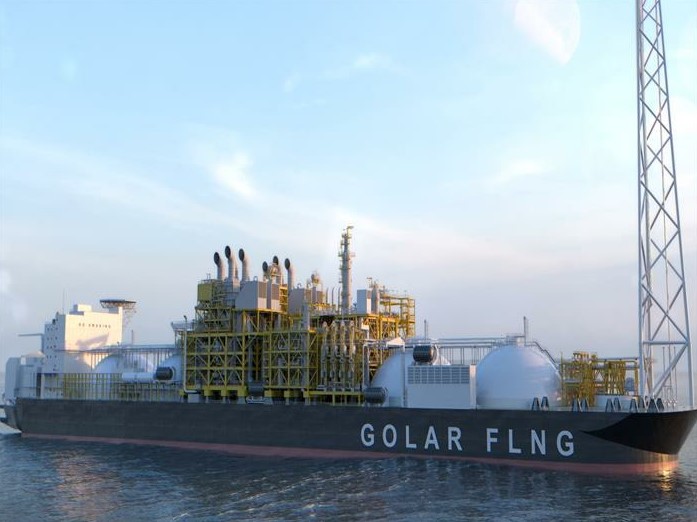This story requires a subscription
This includes a single user license.
Golar currently operates the 2.4 mtpa Hili, which works offshore Cameroon, and the 2.7 mtpa Hilli, which will serve BP’s Greater Tortue Ahmeyim FLNG project offshore Mauritania and Senegal.
“We have laid out our growth ambition based on our existing asset base and secured yard slots. We have inbuilt cash generation growth from our existing assets through the startup of Gimi expected to commence commissioning within this quarter and full operations next year,” Staubo said during Golar’s second-quarter earnings call on Thursday.
He said the company sees further earnings growth from increased capacity utilization on Hilli when redeploying from her existing charter which ends in July 2026 to the announced 20-year charter in Argentina with an estimated startup in Q1 2027.
Once on their 20-year charters, these two existing assets are estimated to generate an aggregate annual Ebitda of about $515 million before commodity exposure.
“On the back of our focused business model, strong balance sheet and demand for our FLNG services, we’re now looking to grow our fleet with a target to more than double our operating FLNG capacity by 2030 to just over 12 million tons per annum,” Staubo said.
Staubo said that Golar has secured a yard slot for a Mark II 3.5 mtpa conversion with delivery in 2027 and a further yard option for a second Mark II 3.5 mtpa FLNG with delivery within 2028.
Golar exercised its option last year to acquire 148,000-cbm Moss-type carrier, Fuji LNG, which it aims to convert to a floating LNG producer.
The company took delivery of Fuji LNG on March 4, 2024 and said that it will trade on a multi-month charter ahead of its expected transfer to the yard for FLNG conversion.
“We are targeting to order the first of these Mark II FLNGs within this quarter. Each Mark II FLNG has a capacity of 3.5 mtpa or about 180 TBtu per annum,” he said.
Assuming a tariff in line with the recently announced FLNG project in Argentina, a Mark II could generate an Ebidta of about $500 million before commodity exposure, Staubo said.
“Hence, based on our existing assets and the identified growth ambitions, Golar may be in a position to generate an annual Ebidta of around $1.5 billion once the expansion program has expanded from 2 to 4 units and the liquefaction capacity has increased from 5 to 12 mtpa. This is all expected to be fully operational within 2030,” he said.
Second Mark II conversion
Asked about whether Golar has found a suitable donor vessels for the second Mark II conversion, Staubo said “yes, there are plenty of so-called Moss design ships that you can acquire in the market today that are operating as LNG carriers today.”
“And we have identified several vessels that could be suitable candidates. And some of them, we have previously also inspected,” he said.
Staubo also discussed a positive financial decision on this project.
“FID, if we were to go on the second Mark II, it would have to be based on current positions, unless we manage to improve them, within Q1 2025,” he said.
FLNG growth pipeline
Stubo said Golar sees “continued strong development of our FLNG growth pipeline and we’ve increased our FLNG commercial team with two senior resources to assist in evaluating and developing project opportunities.”
“We’re currently in discussion for FLNG deployment opportunities in West Africa, South America, Middle East, and Southeast Asia,” he said.
These include projects in Nigeria.
Nigerian National Petroleum Corp and Golar LNG plan to take a final investment decision on a floating LNG project offshore Nigeria’s Niger Delta by the end of this year.

